It’s difficult to discuss brand visibility without bringing up brand awareness first.
Brand awareness is exactly as the name implies. It involves activities at the very beginning of the customer’s journey. At this stage, you are not focused on conversions. Instead, you want your audience to be aware that your brand exists.
So then, what is brand visibility?
Brand visibility is an important aspect of building brand awareness. It measures the number of times you expose your brand to your target audience on different marketing channels.
You need to increase your brand visibility or risk getting lost in the crowd. In this guide, you’ll get a better understanding of what it is and the different strategies to create and refine your brand’s position in the marketplace.
The Benefits of Brand Visibility
There are many benefits to investing in building brand visibility. Let’s take a look:
1. Increased sales, market share, and conversions
If you are planning to launch a performance marketing campaign, then you’ll need to get started on improving brand visibility first. The more your target audience is aware that your brand exists, the more likely they’ll purchase from you.
2. Brand visibility builds trust
Customers aren’t always about good deals or promotions. Sure, these strategies help with conversions, but consumers want to feel bonded with a brand.
Putting your brand front and centre like hosting a website can help you start building trust. You get to bridge the gap between your brand and your customers and define how people see your business. At this stage, you can tell your story, engage with your customers, and publish creative content.
3. Acquire valuable customer data
Another importance of brand visibility is being able to collect audience data. When running a brand awareness campaign, you can create gated content, track feedback, and engagement metrics — and then use these insights to optimise campaigns or create a retargeting plan.
4. Build positive brand association
Brand association refers to what pops into a customer’s mind when they think about a brand. Say, for example, someone thinks about search engines, and then the first brand they remember is Google. When you think of soda, your mind likely goes to Coca-Cola.
A good brand visibility strategy helps you build a positive brand association. You tell the audience about your mission, values, and brand voice.
9 Ways to Boost Brand Visibility and Awareness
1. Get to know your audience
There’s an old marketing saying that goes, “if you’re marketing to everyone, you are basically marketing to no one”.
Having core personas in mind lets you better understand their needs and wants, helping you optimise your marketing messages.
To determine your audience, start with demographics like age, gender, and education. You can also add details like their hobbies, lifestyles, monthly wages and family situation to identify how much they’re willing to spend.
2. Build a unique and memorable brand
Branding refers to the overall perception a customer has on your business. Given the intense competition online, your goal is to create a brand that’s memorable and stands out.
- Create a unique logo
Don’t go around copying the logos from big companies. Show off your brand with a unique logo.As a business, you might be tempted to add splashes of colours to show off your personality. But simplicity goes a long way when it comes to logos. Go for a simple font and/or shape instead.
- Define your valuesWhat does your company stand for? What guides your brand’s actions? Put all these into writing and communicate it with your audience.
- Tell your storyEveryone loves a well-crafted narrative. To capture people’s attention with your brand’s story. It does not need to be fantastical or grand. You just need to tell customers how your idea came to be, the challenges you overcame, and your journey from there.
3. Get active on social media
How to increase brand visibility in social media? The first step is to choose the right platform. Signing up for multiple social media sites can be nearly impossible to manage. The goal of being on social media is to find where your potential audiences are and connect with them.
To determine this, head back to our first tip. Look at your target audience and demographics. What platform would a Gen Z-er potentially be on? They would most likely sign up for social media apps like TikTok or Instagram. Millennials, on the other hand, spend their time on Instagram or Facebook.
After selecting the right platform, it’s time to start delivering content to your audience. Don’t simply copy and report the same content on each channel. Instead, determine what formats work best on its algorithm. Play around with Tweets (Twitter) or Reels for Instagram.
4. Encourage users to share and engage with your content
It’s not enough to simply publish content. You need to ensure that your audience is really consuming the content you put out and engaging with it.
Here are some ideas to achieve this:
- Create content that is helpful, addresses pain points, and drives conversation.
- Publish content that drives user engagement like surveys, polls, and questions. To encourage content engagement, invite users via email.
- You can also join conversations that are already happening. Publish posts that talk about trending topics or comment on a viral post.
- Show your “human side” with posts that give users a behind-the-scenes look at your business.
5. Connect with influencers
Ages ago, the word “influencers” was such a buzzword. But these days, they’ve become a marketer’s secret weapon.
Influencers have relatively large and loyal followers. They can be celebrities, models, experts, or businessmen. They publish all sorts of content including videos, blogs, and images. You can leverage their existing audience to increase your brand visibility.
6. Have a good keyword strategy in place
At the awareness stage of the customer journey, it’s important to target non-branded keywords to draw in new customers.
Let’s say you run a candle-making business called “The Lighted Way”. Instead of targeting branded terms like “The Lighted Way”, go for awareness keywords like “long-lasting candles”, “amazing value candles”, and “best-smelling candles” instead.
Use these keywords when creating content for your website, blog, or social media posts.
7. Run brand awareness ads
Targeted ads can help boost the visibility of new brands. You can run ads on social sites like Twitter or Facebook or on search engines like Google (via Google Ads).
Now, running an ad campaign can be costly. But to keep your budget in control, carefully select exact-match keywords within your industry or niche. Also, if you’re marketing to a specific location, try to send your ads to a specific location for extra reach.
8. Know what metrics to measure
There are a lot of beginner-friendly ways to check how your brand awareness campaigns are going. To determine the metrics you want to track, take a look at the campaigns or strategies you’ve been using first.
In general, you want to look at metrics like impressions, reach, and direct traffic. To track them, follow these tips:
- Analyse Google TrendsGoogle Trends can roam the internet for any mentions of your brand. You can use this data to determine if your mentions are increasing or decreasing over time. You can also measure any fluctuations against your competitors.
- Send out a brand awareness surveyBrand awareness surveys measure how an audience recalls, recognises, and perceives your brand.Ask your audience questions like what spontaneously comes to mind when they think about products and services in your niche. You can also ask if they are aware of your mission and vision and their general sentiments when they think about your business.
- Use Google Analytics to measure brand search volumeBranded search traffic or branded search volume is the amount of traffic sent over to your website via branded keywords. Google Analytics and Google Adwords are excellent tools to measure branded search traffic from Google, the largest search engine in the world.The more people are directly searching your brand name, the better this is for your brand. It means users are actively searching for your brand online instead of landing on your website using generic keywords.
- Look into your referral traffic statsAnother means to measure brand visibility is by looking at your referral links. The more brands know about your business well enough to share your name with their followers show that your brand awareness campaigns are working.
9. Be active in your community
Brand building isn’t all about running ads or launching keyword campaigns. There are also ways to establish brand awareness offline. One effective tip is to contribute to your community. You can sponsor an event, donate to charity, or participate in activities as a company.
Getting involved with your community shows customers that you’re looking beyond just making sales or conversions. Another added benefit is that you get to create new content for social media or your blog.
Start Improving Brand Visibility Today
Brand visibility is an important ingredient in building a successful brand awareness campaign. Your goal at this stage is to be visible where your target audiences are.
To summarise the pointers above, you have to start your journey by defining your audience and building an authentic and well-crafted brand. When you’re done, start increasing your reach with a keyword, social media, and influencer strategy. Also, don’t forget to track your performance to understand what methods are working and what needs to be further optimised.
Finally, think outside the digital world and see how your business can contribute to the community.
So what now? We recommend you set up your website. Websites are a great place to house your blog when you’re a keyword strategist. They also happen to be a great place for users to learn more about your business after clicking on an ad or social media post.
CLDY, a leading hosting and cloud service provider, can help you get started. We offer business hosting services to help you run fast, secure, and scalable web applications. Visit CLDY today to get started!









